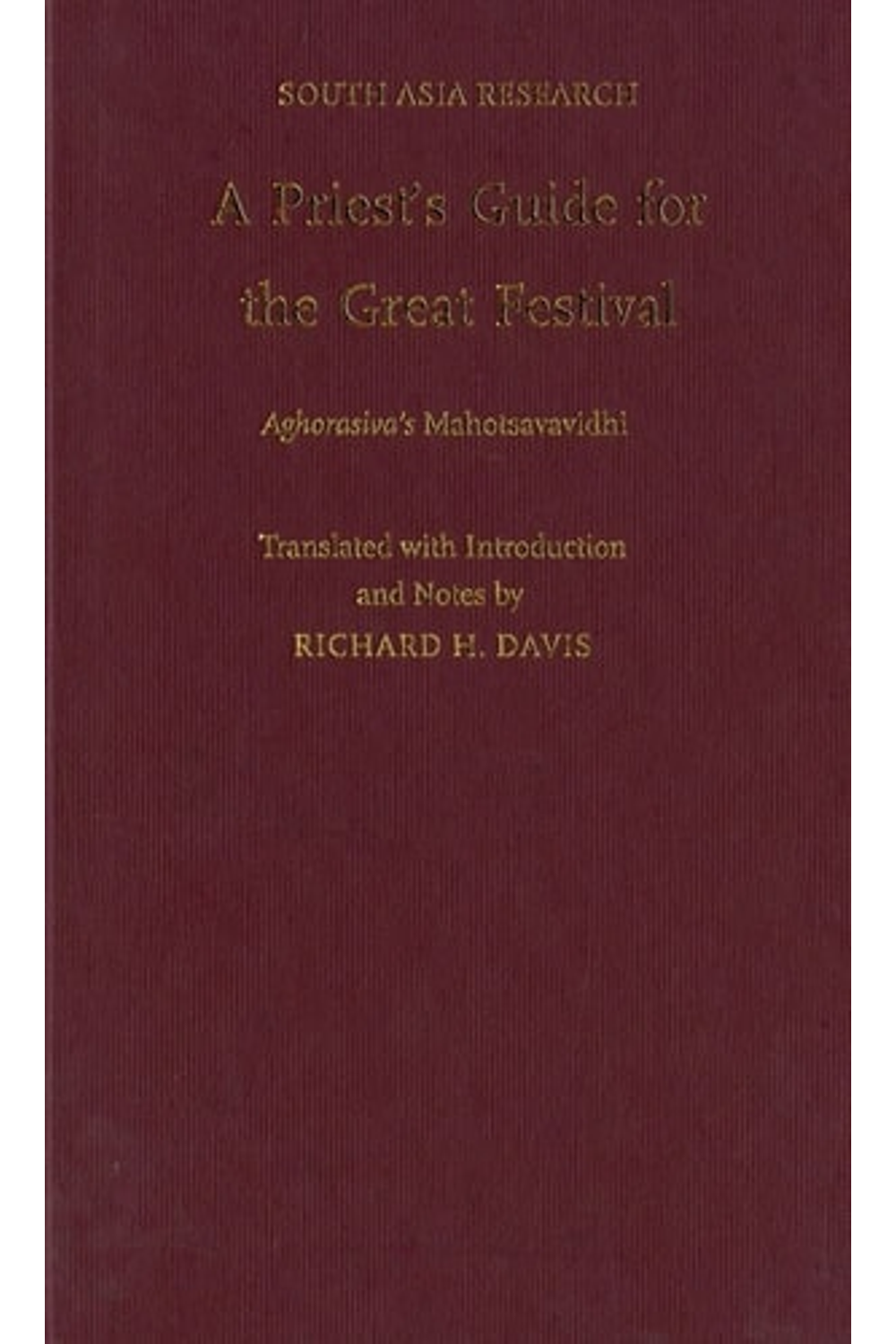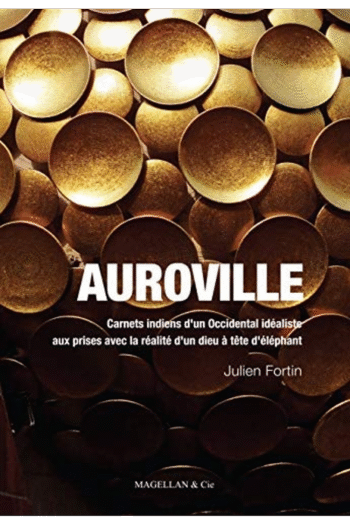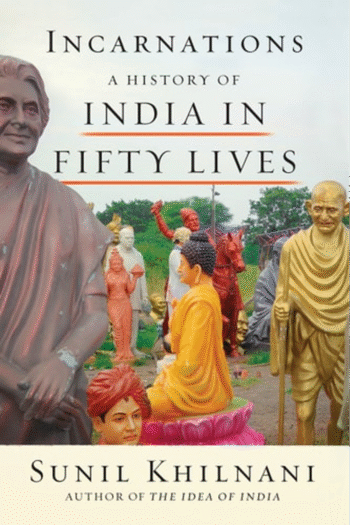Unlock the secrets of ancient South Indian temple rituals with Richard H. Davis’s *A Priest’s Guide for the Great Festival: Aghorasiva’s Mahotsavavidhi*. This acclaimed translation offers a rare, in-depth look at a 12th-century Saiva text detailing the elaborate nine-day festival honoring Lord Shiva. Explore the intricate world of Agama traditions and Saiva Siddhanta philosophy through Aghorasiva’s precise instructions, expertly annotated by Davis to illuminate the text’s historical and cultural context. Discover the rich symbolism and performance aspects of these sacred ceremonies, making this a must-have for scholars and anyone fascinated by Hindu traditions and South Asian history. This illustrated hardcover edition from Oxford University Press offers a unique window into a vibrant and enduring religious practice.
A Priest’s Guide for the Great Festival Aghorasiva’s Mahotsavavidhi (South Asia Research)
19,54 $
In stock
The Mahotsavavidhi, a twelfth-century Sanskrit text, provides detailed guidelines for a Saiva temple priest in performing a nine-day “great festival” for the god Siva. The author, Aghorasiva, is one of the most esteemed and influential authors in the Saiva Siddhanta school, and his lengthy work on ritual procedures, Kriyakramadyotika, (of which the Mahotsavavidhi is a part), is by all accounts the Agama work most employed by modern temple priests and pious Saivas in their practice of worship. Richard Davis’s translation of this important text is the first translation into a European language of any medieval work on temple festivals. Because the text was intended for an expert audience of working twelfth-century priests, Aghorasiva employs a highly technical idiom. For that reason, Davis annotates his translation extensively with explanations and expansions drawn from other Agama works. There have been numerous studies of temple festivals and processions based on ethnographic observations and on recent historical data, but the historical study of this dramatic religious practice during earlier periods has relied on speculation. Davis’s groundbreaking volume will provide a new foundation for the study of the history of South Indian temple festivals as a cultural practice.
| Authors | |
|---|---|
| Binding | |
| Condition | |
| ISBN-10 | 0195378520 |
| ISBN-13 | 9780195378528 |
| Language | |
| Pages | 208 |
| Publisher | |
| Year published | |
| Weight | 421 |
| Edition | Illustrated |
- Additional information
- Currencies
- USD – United States dollar
- EUR – Euro
- GBP – Pound sterling
- CNY – Chinese yuan
- BRL – Brazilian real
- MXN – Mexican peso
- JPY – Japanese yen
- PHP – Philippine peso
- THB – Thai baht
- PLN – Polish złoty
- CAD – Canadian dollar
- MYR – Malaysian ringgit
- AUD – Australian dollar
- TWD – New Taiwan dollar
- CZK – Czech koruna
- SEK – Swedish krona
- HUF – Hungarian forint
- ILS – Israeli new shekel
- CHF – Swiss franc
- HKD – Hong Kong dollar
- DKK – Danish krone
- SGD – Singapore dollar
- NOK – Norwegian krone
- NZD – New Zealand dollar





